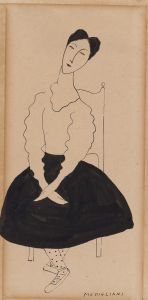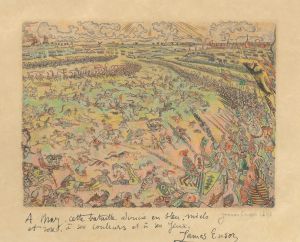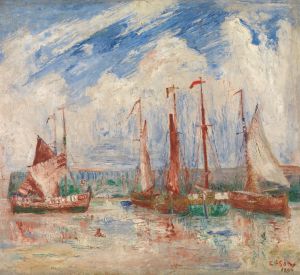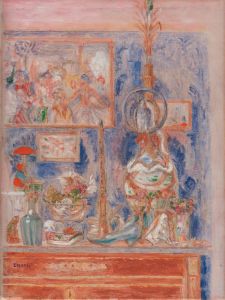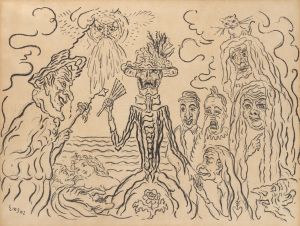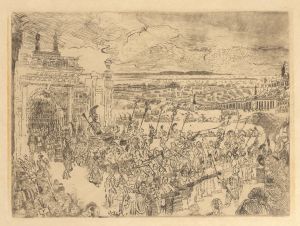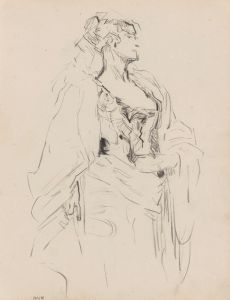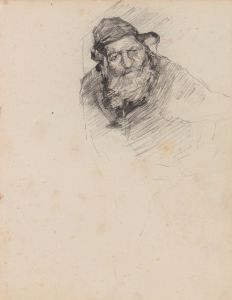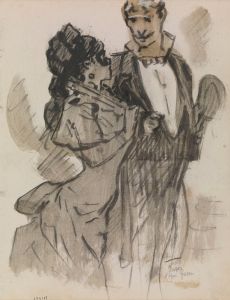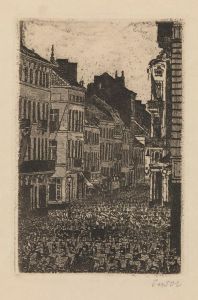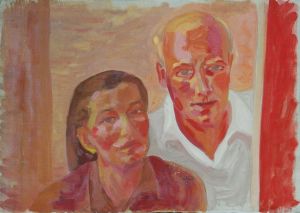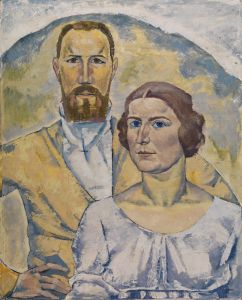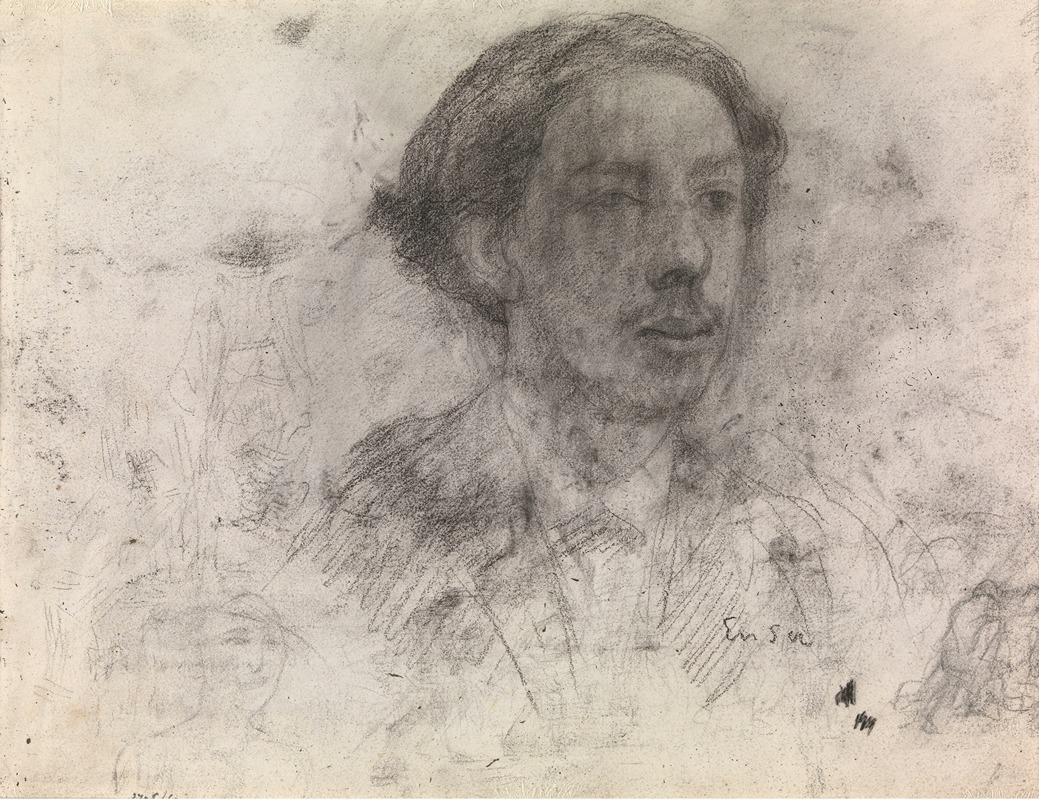
Self Portrait
A hand-painted replica of James Ensor’s masterpiece Self Portrait, meticulously crafted by professional artists to capture the true essence of the original. Each piece is created with museum-quality canvas and rare mineral pigments, carefully painted by experienced artists with delicate brushstrokes and rich, layered colors to perfectly recreate the texture of the original artwork. Unlike machine-printed reproductions, this hand-painted version brings the painting to life, infused with the artist’s emotions and skill in every stroke. Whether for personal collection or home decoration, it instantly elevates the artistic atmosphere of any space.
James Ensor, a prominent Belgian painter and printmaker, is known for his unique and often surreal style that combines elements of symbolism and expressionism. One of his notable works is "Self Portrait," which reflects his distinctive approach to art and his interest in exploring complex themes through his paintings.
James Ensor was born in 1860 in Ostend, Belgium, and spent most of his life there. His upbringing in a seaside town influenced his work, as did his exposure to the eclectic mix of objects in his family's curiosity shop. Ensor's early education in art took place at the Académie Royale des Beaux-Arts in Brussels, where he studied from 1877 to 1880. During this period, he developed a keen interest in the works of the Old Masters, as well as contemporary movements that were beginning to challenge traditional artistic norms.
Ensor's "Self Portrait" is a fascinating example of his ability to blend traditional portraiture with his own imaginative and often unsettling style. While the exact date of this particular self-portrait is not specified, Ensor created several self-portraits throughout his career, each reflecting different aspects of his personality and artistic evolution. His self-portraits often depict him in various guises, sometimes wearing masks or surrounded by fantastical elements, which became a hallmark of his work.
In his self-portraits, Ensor frequently explored themes of identity, mortality, and the human condition. He was known for his use of vivid colors and dramatic contrasts, which added an emotional intensity to his work. Ensor's fascination with masks and skeletons is evident in many of his paintings, symbolizing the hidden aspects of human nature and the inevitability of death. These motifs are often interpreted as a critique of societal norms and the superficiality of human interactions.
Ensor's work was initially met with resistance from the art establishment, as his style was considered unconventional and provocative. However, he gradually gained recognition and became a leading figure in the avant-garde movement in Belgium. His influence extended beyond his homeland, impacting artists across Europe and contributing to the development of expressionism and surrealism.
Throughout his career, Ensor remained committed to his unique vision, often working in isolation in his hometown of Ostend. Despite facing criticism and misunderstanding, he continued to produce innovative and thought-provoking art. In 1929, Ensor was knighted by King Albert I of Belgium, a testament to his significant contributions to the art world.
James Ensor's "Self Portrait" exemplifies his ability to merge personal introspection with broader existential themes. His work challenges viewers to confront the complexities of identity and the often hidden truths of human existence. Today, Ensor is celebrated as a pioneering artist whose legacy continues to inspire and provoke thought in the world of art.





